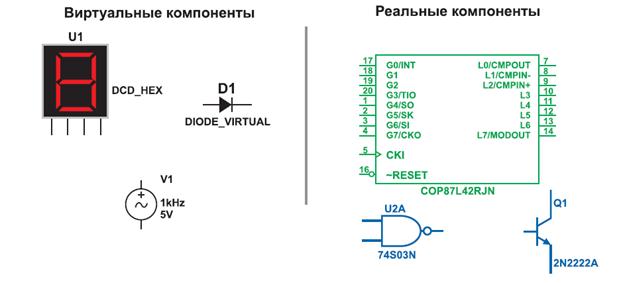Agriculture and fishery
Because only 29% of Japan’s land is suitable for cultivation, a system of terrace farming is used to build in small areas. This results in one of the world’s highest levels of crop yields per unit area. However, Japan’s small agricultural sector is also highly subsidized and protected. Japan must import about 50% of its requirements of grain and fodder crops other than rice, and relies on imports for most of its supply of meat. In fishery, Japan ranked second in the world behind China in tonnage of fish caught. Japan maintains one of the world’s largest fishing fleets and accounts for nearly 15% of the global catch. Agriculture. Suburban rice fieldsOnly 15% of Japan’s land is suitable for cultivation. Due to this lack of arable land, a system of terraces is used to farm in small areas. This results in one of the world’s highest levels of crop yields per unit area, with an overall agricultural self-sufficiency rate of about 50% on fewer than 56,000 km? (14 million acres) cultivated. Japan’s small agricultural sector, however, is also highly subsidized and protected, with government regulations that favor small-scale cultivation instead of large-scale agriculture as practiced in North America. Imported rice, the most protected crop, is subject to tariffs of 490% and restricted to a quota of only 7.2% of average rice consumption in between 1968 and 1988 Imports beyond the quota are unrestricted in legal terms, but subject to a 341 yen per kilogram tariff. This tariff is now estimated at 490%, but the rate will soar to a massive 778% under new calculation rules to be introduced as part of the Doha Round. Although Japan is usually self-sufficient in rice (except for its use in making rice crackers and processed foods) and wheat, the country must import about 50% of its requirements of other grain and fodder crops and relies on imports for most of its supply of meat. Japan imports large quantities of wheat, sorghum, and soybeans, primarily from the United States. Japan is the largest market for EU agricultural exports. Apples, Pears and Oranges are also grown, mostly in Hokkaido, as well as where they were first introduced by Dutch traders, in Nagasaki in the late 18th century. Fishery. Japan ranked second in the world behind the People’s Republic of China in tonnage of fish caught – 11.9 million tons in 1989, down slightly from 11.1 million tons in 1980. After the 1973 energy crisis, deep-sea fishing in Japan declined, with the annual catch in the 1980s averaging 2 million tons. Offshore fisheries accounted for an average of 50 % of the nation’s total fish catches in the late 1980s although they experienced repeated ups and downs during that period. Japan maintains one of the world’s largest fishing fleets and accounts for nearly 15% of the global catch, prompting some claims that Japan’s fishing is leading to depletion in fish stocks such as tuna. Japan has also sparked controversy by supporting quasi-commercial whaling.
|




